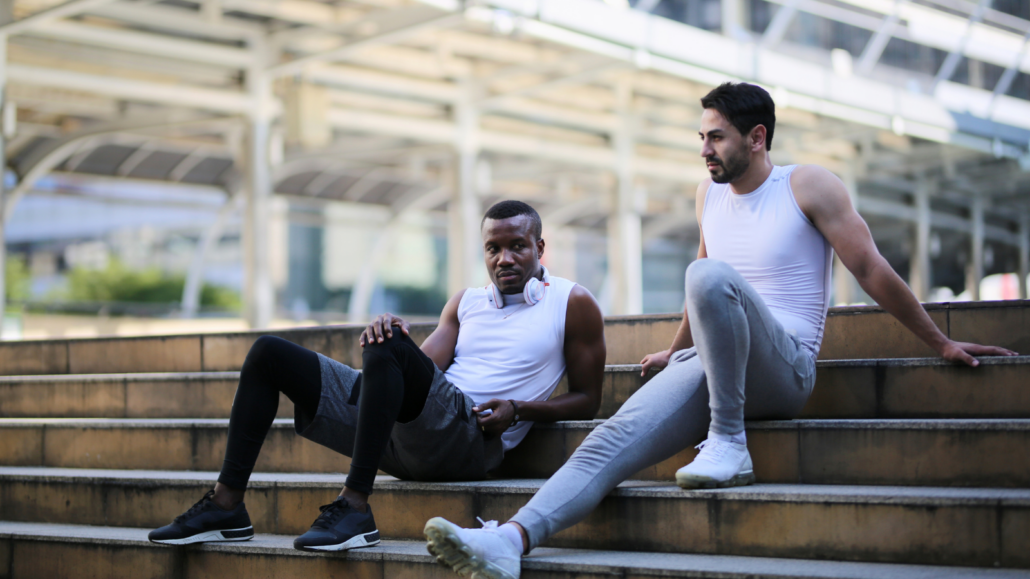Key Predictions for Sportswear Ecommerce: SEO and Content Marketing Trends for 2025

As the sportswear and athleisure markets continue to evolve, brands and retailers are presented with new opportunities to leverage changing consumer behaviour and emerging digital trends. Our latest Sportswear and Athleisurewear Ecommerce SEO Report offers crucial insights, giving brands a clear path to strengthen their online presence in this fast-growing sector.
In this post, we’ll explore key predictions for 2025 sportswear ecommerce from an SEO and content marketing perspective, and how brands can stay competitive in a rapidly shifting market.
DOWNLOAD Sportswear and Athleisurewear SEO Report
1. Athleisurewear’s Growth is Unstoppable
In 2025, the UK sportswear industry is set to be one of the fastest growing sectors on the market, with revenues expected to hit £17.1bn at 4.5% CAGR, up from £13.8bn in 2020.
The explosive growth of sports and athleisurewear won’t be restricted to the UK, with the market projected to grow at a CAGR of 9.91% through to 2031, potentially reaching a staggering $725.55 billion. The rise of athleisure reflects a shift in consumer preferences, where comfort and functionality, in addition to aesthetics, are becoming the most desirable characteristics in everyday fashion.
So, what does this unstoppable growth mean for your ecommerce strategy in 2025 and beyond?

